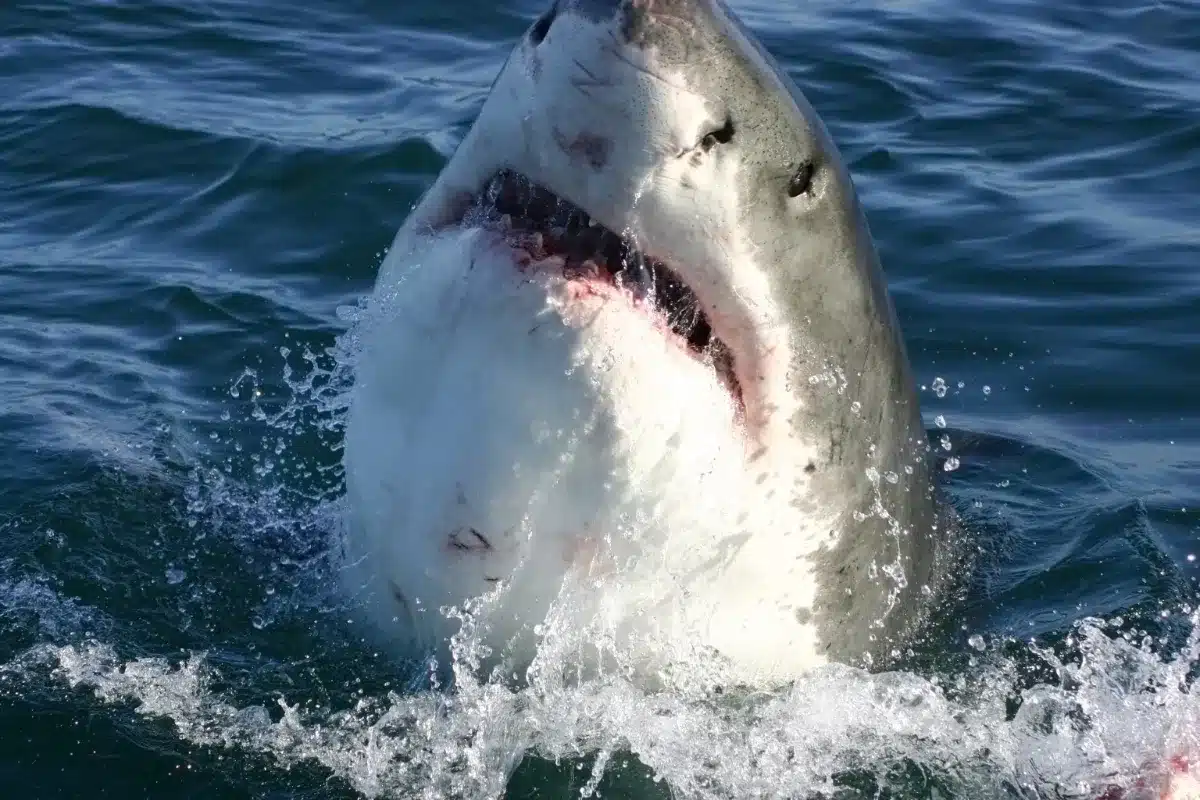Scientists are buzzing about an amazing marine find. OCEARCH researchers have been tracking what might be the biggest great white shark ever seen in the Atlantic Ocean. The story kicked off in January 2025 and is turning heads in marine biology, while also reminding us that these majestic predators can sometimes stir things up for coastal communities (especially when safety notices are in order).
A giant among sharks
Nicknamed “Contender” by the research team, this massive shark was first spotted off the coast of Jacksonville, Florida. It measures an awesome 13 feet 9 inches long and tips the scales at around 1,653 pounds. On top of that, this guy is estimated to be about 30 years old—making him larger than your typical male great white (which usually measure between 11 feet 2 inches and 13 feet 1 inch). Interestingly, this is the first time a shark of this size has been tagged in the northwest Atlantic, providing a treasure trove of data for ongoing studies.
Do You Use the Bathroom at This Hour? What It Reveals About Your Health Is Troubling
Migration patterns and recent sightings
Shortly after the initial sighting near Jacksonville, Contender set off on a journey that fits the usual migration trends of great whites. Scientists expect him to head toward summer feeding grounds near Cape Cod, Massachusetts, or maybe even all the way up to Nova Scotia, Canada. More recently, in June, Contender was spotted at Pamlico Sound, North Carolina—a sprawling coastal lagoon tucked behind the famous Outer Banks (a hot summer spot known for its sandy beaches, kitesurfing, and kayaking). The Outer Banks have also earned a spot in the limelight thanks to the Netflix series “Outer Banks,” which draws in lots of tourists and families.
Monitoring efforts and public safety
OCEARCH is keeping tabs on Contender, using their tracking programs to understand these impressive creatures better. John Tyminski, a data specialist at OCEARCH, mentioned that while there’s a “low but real” chance of Contender coming near busy beaches, these sharks usually go after their natural prey like schooling fish and seals—not people. He advises anyone heading into waters where great whites might be hanging around to use a bit of common sense. The challenge, though, is that we only get data points when the shark surfaces, so keeping an eye on him in real time can be a bit hit or miss. Still, every bit of info helps us piece together how these sharks travel and keeps the coast safe for everyone.
Cultural impact and conservation concerns
Contender’s appearance comes at a time that also celebrates the 50th anniversary of Steven Spielberg’s famed film “Jaws” (a movie that has really shaped how we see great white sharks). Despite all the scary movies and headlines, these apex predators aren’t after human prey. Unfortunately, the number of great whites has dropped by 75% since the start of the century—a stark reminder that we need to pay serious attention to their decline (and work to protect them).
Great white sharks help keep our oceans in balance, and watching over them is important for marine health. The story of Contender serves not only as a breathtaking look at one of nature’s wonders but also as a nudge to those working to protect our marine life. By learning more about these giants under the waves and giving them space to do their thing, we can all share the oceans in a way that lets future generations marvel at these splendid creatures.








